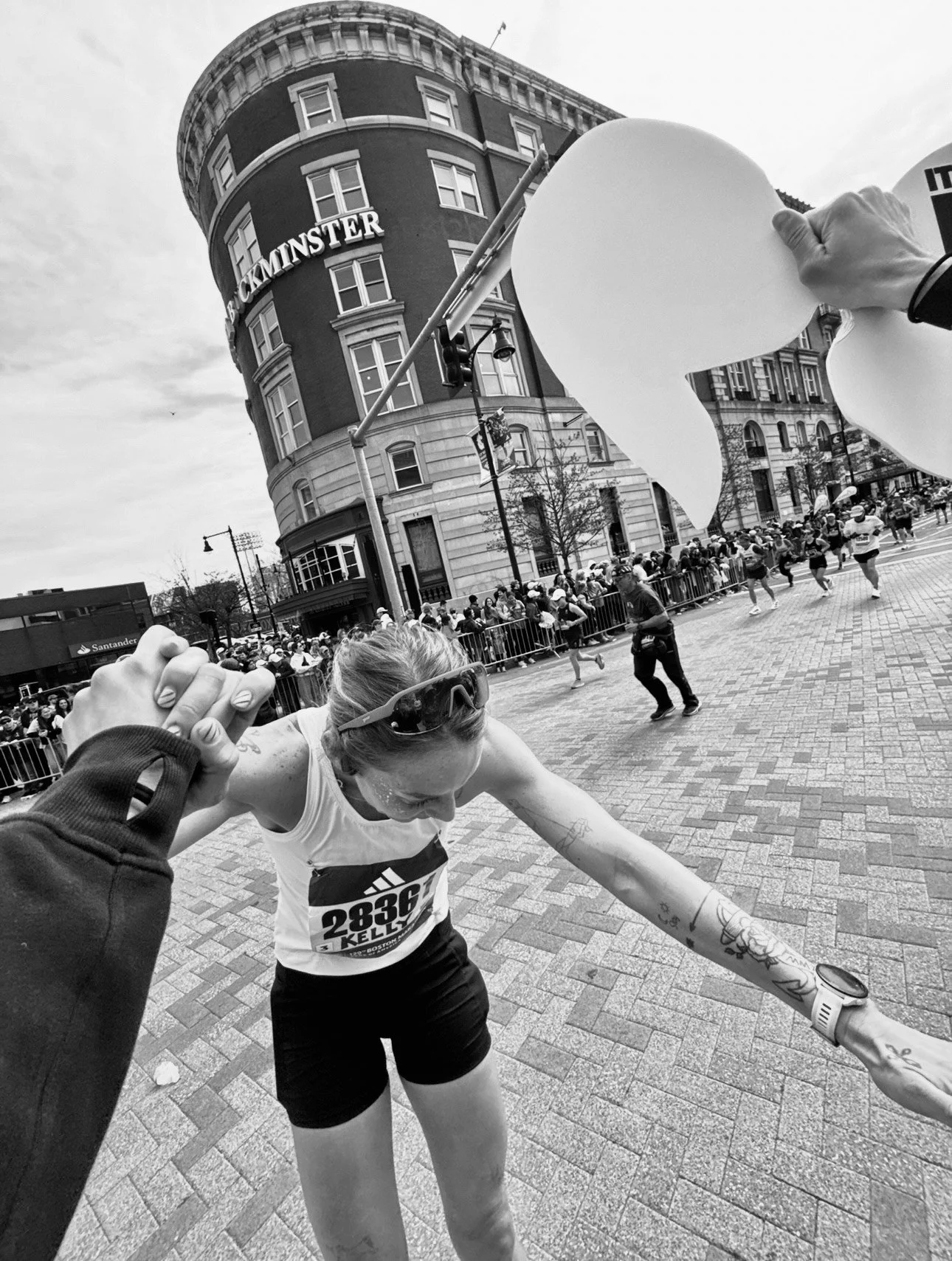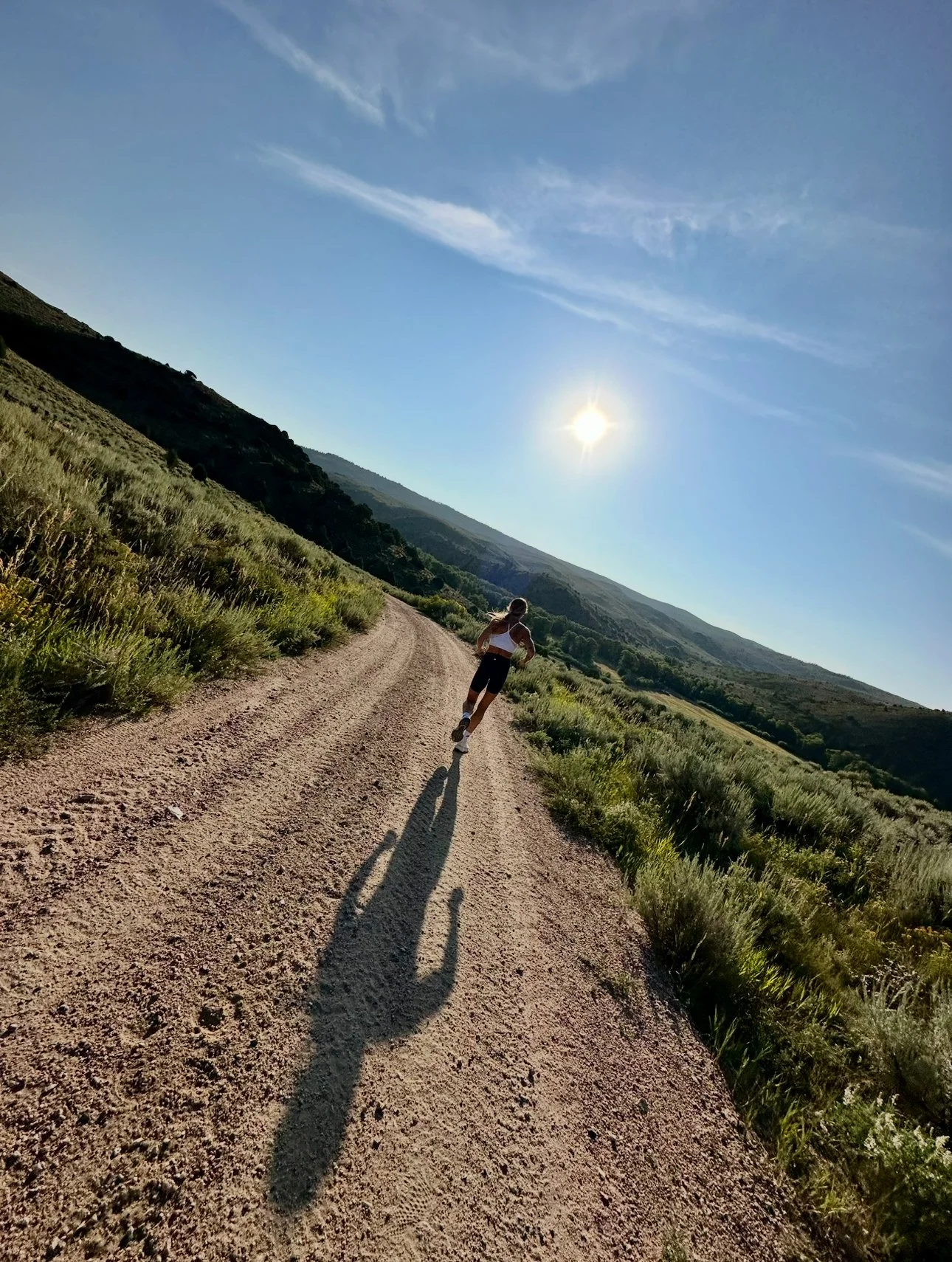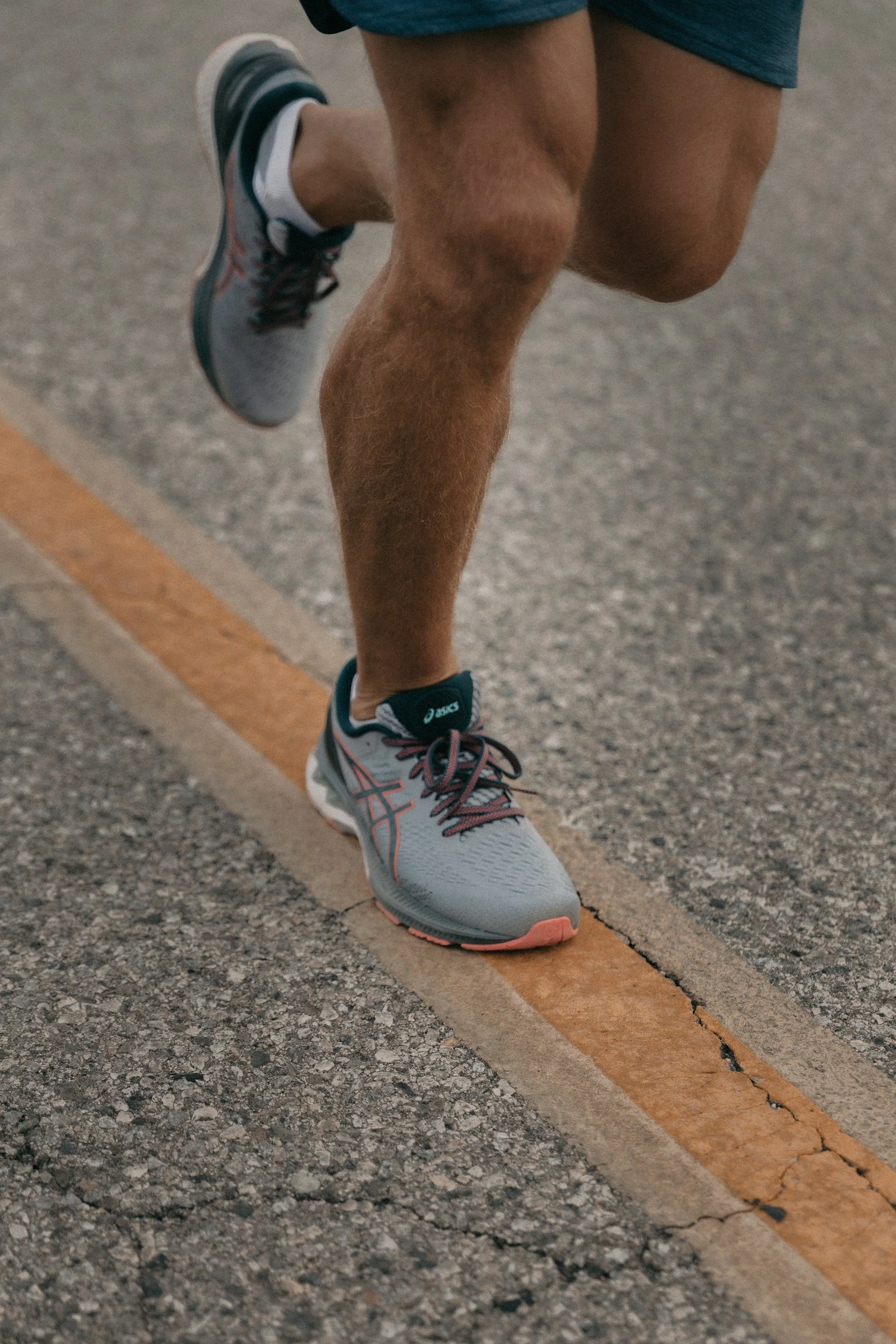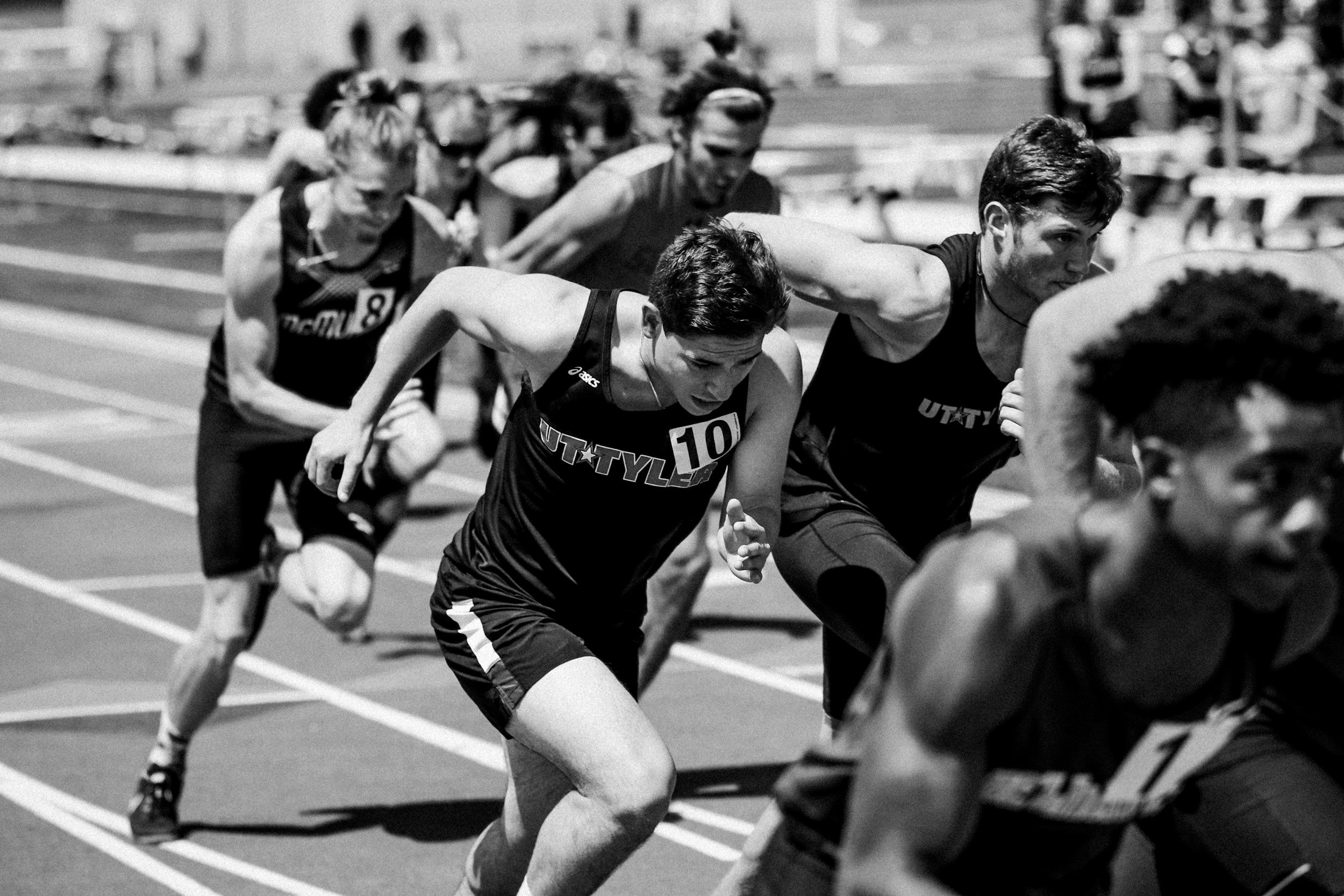Kelly’s Blog
This is a space for stories, tips, and real talk about all things running. Whether you're training for your first mile or your tenth marathon, you'll find insights on mindset, motivation, and movement—without the pressure of perfection. It’s about celebrating progress, embracing the process, and remembering that forward is always a pace.

My Ten Biggest Marathon Mistakes
Running is a constant cycle of trial and error, and even seasoned runners make mistakes—from skipping taper and ignoring race-day plans to improper fueling and brand-new gear disasters. Each race teaches something new: trust the process, fuel strategically, start conservatively, and test everything beforehand. Most importantly, remember the joy of running—enjoy the course, hug your people, and celebrate the fact that you’re doing something incredibly hard. No finish time can replace the pride in showing up and growing through the sport.

The Way You’re Running Could Be Breaking You
Running is one of the most accessible sports in the world—but that same accessibility can sometimes lead runners into injury or burnout. Coach Kelly shares her transition into the “slow and strong” era of her running journey, emphasizing the importance of personalized coaching, gait analysis, and strength training for longevity in the sport. With insights from Dr. Nyssa Midden of Flowstate Physiotherapy, she explores how small misalignments can have long-term impacts and why runners of all levels should invest in learning how their bodies move. Because while running fast is great, running healthy, strong, and for the long haul is even better.

Running Doesn’t Have to Be a Team Sport
Running can be both a deeply social and deeply personal sport—and for me, it’s been a journey of learning when to share the miles and when to keep them to myself. From founding run clubs to stepping away from them entirely, I’ve realized that community and solitude can coexist in this sport. You don’t have to chase paces, group runs, or social validation to call yourself a runner. Whether you thrive on the energy of a crowd or the peace of a solo trail, the most important thing is finding your own rhythm—and remembering that running for yourself is more than enough.

What’s the One Thing Missing from Most Runners’ Training Plans
In a sea of cookie-cutter marathon plans and running apps, one crucial element remains missing from most routines: strength training. Early in my running journey, I followed the typical mileage-heavy, strength-light plans available online—until HIIT-style workouts like Barry’s Bootcamp helped me discover the transformative balance between running and lifting. Strength work doesn’t just prevent injuries—it helps you run faster, improves coordination, and boosts efficiency. From glute bridges and planks to pushups and squats, building strength across your entire body supports better posture, more power, and longer endurance. Runners are athletes, not just mileage machines—and it’s time training plans reflected that.

A Tale of Five Races: The Chicago Marathon Edition
As the Chicago Marathon approaches, I’ve been reflecting on my own journey with this iconic World Major. From my first Boston Qualifier in 2015 to the unforgettable sub-3 finish in 2016, to injury setbacks, redemption races, and everything in between—the Chicago Marathon has been a stage for some of my highest highs and lowest lows. Flat, fast, and full of energy, the course itself is legendary, but what makes it truly unforgettable are the stories runners carry with them across 26.2 miles. These are mine—my “Chicago Chronicles.”

10 Things I Wish I Knew Before My First Marathon
Race day is filled with excitement, nerves, and anticipation—whether it’s your first 5K or your 100th marathon. While no two runners’ experiences are the same, there are tried-and-true lessons that can make your first race smoother and more enjoyable. From limiting time on your feet before the start, to practicing your fueling plan, to writing your name on your bib for extra motivation, these small details can make a big difference. Most importantly, remember to set multiple goals, find a mantra, and soak up every moment—you’ll never have this first race again.

Changing the Running Conversation
As runners, we often face well-intentioned but frustrating questions: “Don’t you ever get bored running all the time?”“Have you run all the world majors?” and “What did you run that race in?” On the surface, they seem harmless, but beneath them lies a culture that can perpetuate stereotypes, fuel comparison, and drain the joy from the sport. In this post, I unpack why these questions can be triggering, how they reflect deeper misconceptions about running, and what we might ask instead to foster a healthier, more supportive running community.

Three Runs That Changed My Life
Running has a way of humbling us, lifting us up, and teaching us lessons that extend far beyond the miles on the road or trail. From reclaiming the Boston Marathon finish line after tragedy, to discovering the joy of trail running in the mountains of Wyoming, to experiencing the Berlin Marathon hand-in-hand with my wife, each run has changed my life in profound ways. These runs remind me that no run is ever wasted—every step is a gift, a challenge, and a chance to grow.

What “Fun Running” Means to Me
Running has been part of my life for nearly two decades, but it wasn’t until recently that I truly found joy in the sport. For years, I chased PRs, mileage goals, and external validation—often at the cost of my mental health and happiness. The turning point came when I shifted my focus from proving myself to others, to running for myself and alongside those I love. From pacing my wife in the Berlin Marathon to coaching runners of all levels, I’ve discovered that joy in running isn’t about numbers or times—it’s about connection, presence, and doing it for the right reasons.

If It’s Not Fun, Then Why Do it?
Running should always come back to one simple question: are you having fun? In a sport filled with PRs, training plans, and endless advice on how to run “better,” it’s easy to lose sight of why we run in the first place. Burnout, overtraining, and injury often creep in when joy takes a backseat to performance. This post explores how to recognize the signs of running fatigue, reset your goals, and rediscover the fun—whether that means scaling back, switching distances, or trying something entirely new.

My Decision to Run for Longevity, Not speed!
In this personal journal-style reflection, Kelly Whittaker-Cummings shares her journey from a casual high school athlete to a seasoned marathoner who once obsessed over breaking the three-hour barrier. After years of chasing PRs and burning out, the pandemic forced a reset—leading to a transformative shift in mindset. By slowing down, ditching the watch, and embracing the joy of running for longevity rather than speed, she found herself healthier, happier, and more fulfilled. Now, with 47 marathons behind her, Kelly reminds runners that success isn’t just about the clock—it’s about enjoying every mile of the journey.

Slowing Down to Speed up: Embracing the Comfy Pace
Slowing down might be the secret weapon to running faster. While it sounds counterintuitive, easy “conversation pace” runs are one of the most important tools for building endurance, improving recovery, and boosting performance. Even world record holder Eliud Kipchoge logs long runs much slower than his race pace. By mastering the art of slowing down, you’ll avoid burnout, stay injury-free, and set yourself up for stronger race-day results.

What is the Runner’s High and How do I experience it?
We’ve all heard of the “runner’s high”—that euphoric buzz that keeps runners coming back for more miles. But is it just a myth, or is there real science behind it? Coach Kelly Whittaker-Cummings unpacks what’s really going on in your brain during a run, from the role of endorphins to the surprising effects of endocannabinoids. Plus, learn how to unlock that feel-good magic with comfy pace runs and mental clarity miles.

Miles in the (HOT) elements!
Running isn’t always sunshine and cool breezes—especially in the middle of a brutal summer heat wave. In this post, Kelly Whittaker-Cummings shares her hard-earned tips and mindset shifts for staying motivated when weather conditions are less than ideal. From hydrating smarter to embracing early morning miles (hello, runner’s tan!), you’ll learn how to train through tough temps and come out stronger for fall racing season. If you’ve ever battled the elements just to lace up your shoes, this one’s for you.

Comparison: The Thief of (Running) Joy
In a world dominated by Strava stats and TikTok highlight reels, it's easy to forget why you started running in the first place. This honest reflection explores the highs and lows of chasing PRs for the internet, the burnout that comes from constant comparison, and the joy that returns when you run for you. From fast marathons to party pace and coaching beginners, this is a story about reclaiming purpose, finding balance, and remembering that forward is a pace.

Fueling and Hydration
No matter how hard you train… without the proper fueling, your race is F*CKED!” Coach Kelly shares her no-nonsense guide to eating and hydrating for long runs and races. Learn when to fuel, what to eat, and how to hydrate like a pro. Whether you're a new runner or chasing your next PR, this blog is your go-to for practical, performance-boosting tips.
